1. What Is a Coated Thrust Plate and Where It Is Used
A coated thrust plate is a flat bearing surface designed to take axial loads, with a protective functional coating applied to improve wear resistance, reduce friction, prevent corrosion, or provide low-friction sliding. Thrust plates are commonly installed in gearboxes, pumps, cranes, winches, marine propulsion systems, and heavy rotating machinery where axial forces concentrate on a limited contact area. The coating extends component life and often enables maintenance intervals that would be impossible with an uncoated metal surface.
2. Common Coating Types and Their Functional Benefits
Selecting the right coating depends on load, speed, temperature, environment, and lubrication strategy. The most widely used coatings on thrust plates include PTFE-based composites, polymeric overlays, hard chrome or electroless nickel, thermal spray metals and ceramics, and specialized anti-corrosion paints or sealants. Each coating brings distinct performance tradeoffs between friction, wear resistance, adhesion, and repairability.
PTFE and Solid Lubricant Coatings
PTFE (polytetrafluoroethylene) and PTFE-filled composite coatings provide very low friction and good compatibility with intermittent or boundary lubrication regimes. They reduce start-up wear and are suitable for moderate loads and low to medium sliding speeds. PTFE layers are typically thin, tolerant of slight misalignment, and cost-effective for retrofits.
Polymeric Overlay and Thermoplastics
Polyurethane, UHMW-PE (ultra-high-molecular-weight polyethylene) or PEEK overlays offer toughness and impact resistance while keeping friction low. These materials are chosen where shock loads occur, or where the coating must be relatively thick to compensate for substrate imperfections. They excel in abrasive environments where small debris could damage brittle coatings.
Thermal Spray and Hard Coatings
Worn surfaces requiring high wear resistance often use thermal spray alloys (stainless steel, Ni-Cr, WC-Co) or ceramic topcoats. These provide superior hardness and wear life under heavy loads and higher temperatures, but they require careful surface preparation, post-process machining or grinding, and sometimes a sacrificial lubricant layer to avoid high friction.
Electroplated Finishes
Hard chrome and electroless nickel plating give corrosion resistance and improve surface hardness. They perform well under sliding conditions when paired with proper lubrication. Platings are repairable with localized re-plating but can suffer from hydrogen embrittlement if not properly processed.
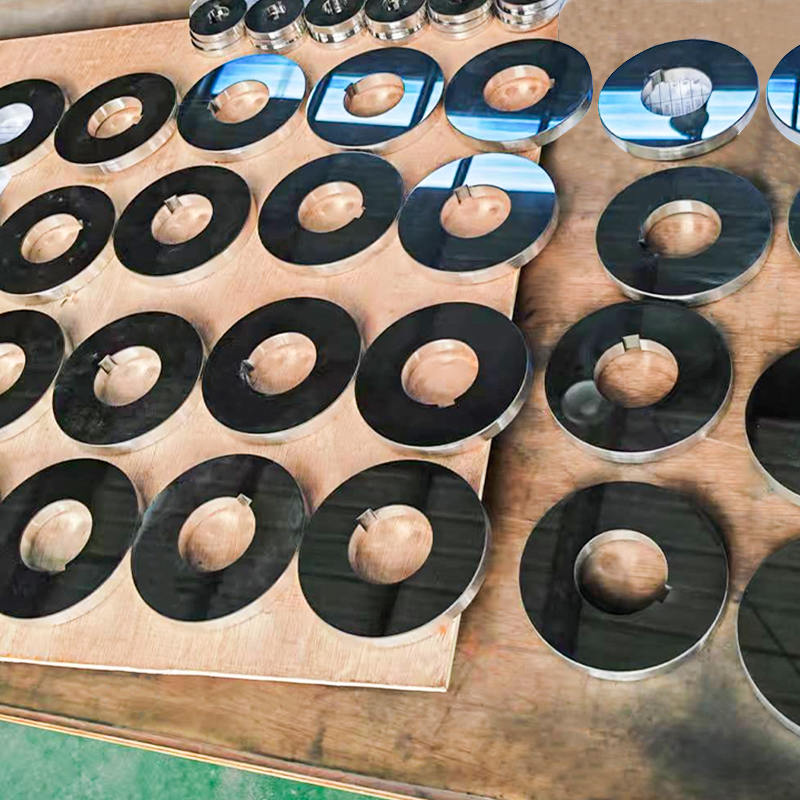
3. Material and Substrate Considerations
The substrate material influences coating adhesion, machinability, and thermal behavior. Common thrust plate substrates include carbon steel, stainless steel, bronze, and engineering alloys. For heavy axial loads choose a high-strength steel or bronze substrate; for corrosive environments choose stainless steel or a corrosion-resistant alloy. Ensure the chosen coating is compatible with the substrate’s coefficient of thermal expansion to avoid delamination under temperature cycles.
4. How to Select the Right Coated Thrust Plate
Selection requires balancing operational parameters: maximum axial load (kN), mean and peak sliding speed (m/s), operating temperature (°C), lubrication method (greased, oil-bath, dry), contamination level, and service interval goals. Buyers should calculate contact pressure (load divided by contact area), determine allowable surface pressure for coating/substrate combinations, and consult coating supplier data for friction coefficients and wear rates under representative conditions.
Practical selection checklist
- Define maximum continuous and peak axial loads and calculate contact pressure.
- Specify operating temperature range and thermal cycling expectations.
- Choose lubrication strategy and confirm compatibility with coating (oils, greases, or dry).
- Assess environment for moisture, salt, or abrasive particles that affect coating life.
- Confirm required service life and ease of field repair or re-coating.
5. Performance Comparison Table
The table below summarizes typical performance characteristics for common coating families to help narrow choices. Use it as a starting point and request supplier test data for final validation.
| Coating Type | Low Friction | Wear Resistance | Impact/ Shock | Repairability |
| PTFE / Solid Lubricant | High | Moderate | Moderate | Good (recoat) |
| UHMW-PE / Polymeric Overlay | Moderate | Good | Excellent | Moderate (replace overlay) |
| Thermal Spray (WC-Co, Ni-Cr) | Low to Moderate | Excellent | Good | Difficult (requires machining) |
| Electroplate (Hard Chrome/Ni) | Moderate | Good | Moderate | Good (replate) |
6. Installation and Mounting Best Practices
Proper installation preserves coating performance. Clean mating surfaces thoroughly, remove sharp edges, and ensure flatness within supplier tolerance. Use compatible fasteners and avoid localized high points that concentrate stress on the coating. If the coating requires a bonded adhesive layer, follow surface activation and cure schedules exactly. For bolted thrust plates, use calibrated torque and, where needed, use thin compliant shims to distribute load evenly.
7. Maintenance, Inspection and Repair Strategies
Regular inspection detects coating degradation early. Recommended checks include visual inspection for flaking or blistering, measurement of remaining coating thickness, monitoring of axial clearance changes, and sampling of friction or temperature during operation. Maintenance options range from re-applying polymeric coatings in the field to workshop reconditioning by grit blasting and thermal spray re-application for severe wear. Establish replacement or reconditioning thresholds based on measured wear rates and critical clearance limits.
8. Troubleshooting Common Issues
Common problems include premature coating wear, delamination, high friction leading to overheating, and corrosion beneath coatings. Causes often relate to incorrect coating selection for load/speed, poor surface preparation, incompatible lubricants or contamination, and thermal mismatch. Address root causes by reviewing operating data (loads, speeds, temps), confirming lubricant compatibility, and consulting the coating supplier for test re-runs or lab analysis.
9. Standards, Testing and Supplier Validation
Request supplier data for adhesion (ASTM D4541 or equivalent), hardness, friction coefficient, wear testing under representative loads (pin-on-disk or block-on-ring), and corrosion tests where applicable. Verify that the supplier follows documented quality processes and can provide traceable batch reports. Where possible, obtain sample plates for an in-situ trial to validate performance under real operating conditions before committing to full production parts.
10. Summary and Purchase Recommendations
Choosing a coated thrust plate requires a methodical assessment of load, speed, temperature, lubrication, environment, and service strategy. Start by defining performance targets (allowable wear rate, friction, service interval), then shortlist coating families that meet those targets and validate with supplier test data or in-field trials. Prioritize coatings that offer the best balance of wear life, repairability, and cost of ownership for your specific application.

 ENG
ENG
 English
English عربى
عربى Español
Español 中文简体
中文简体
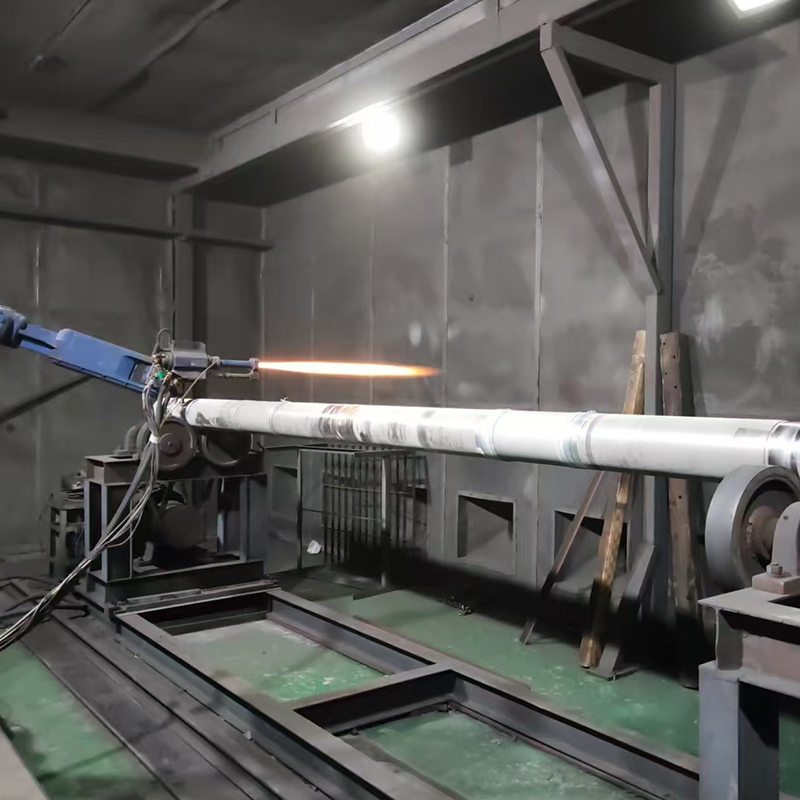
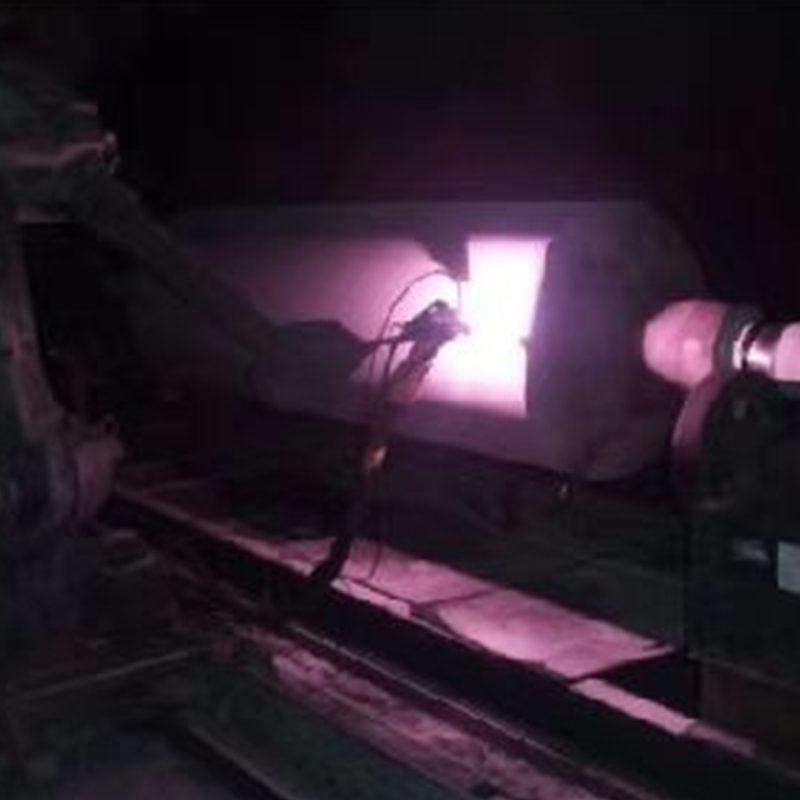
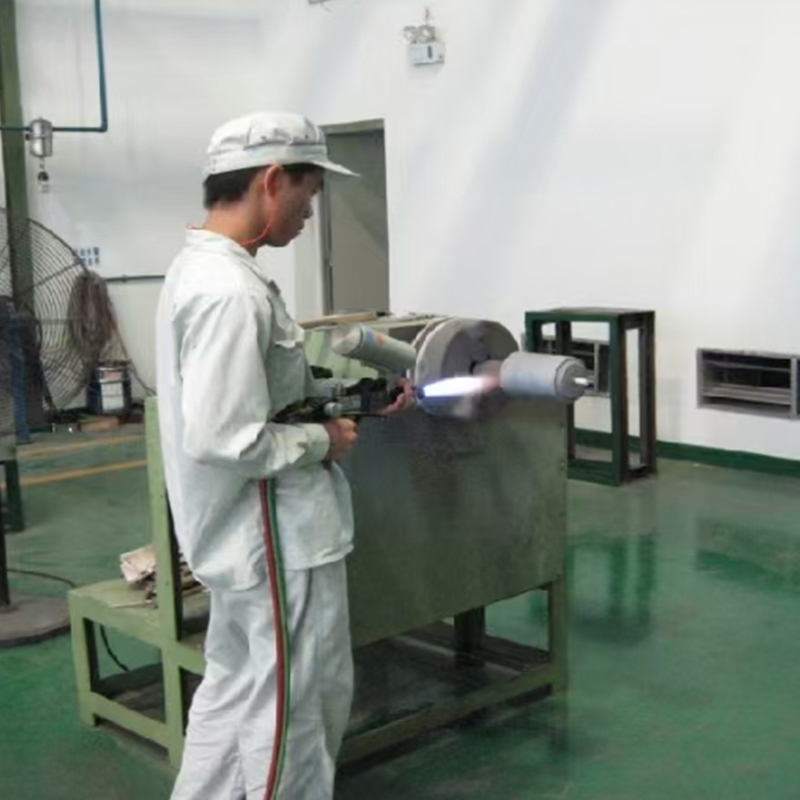

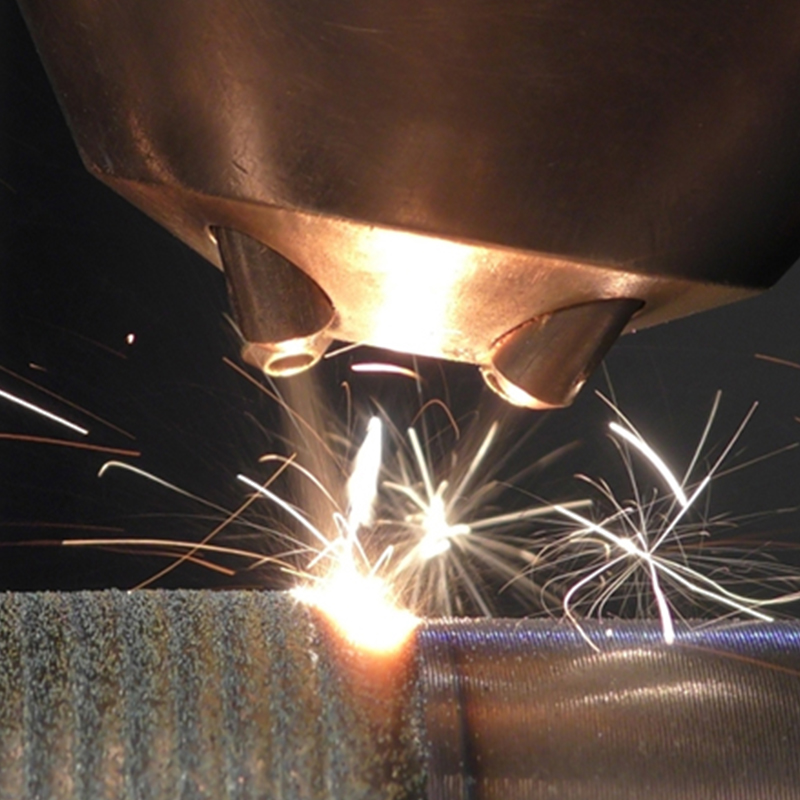
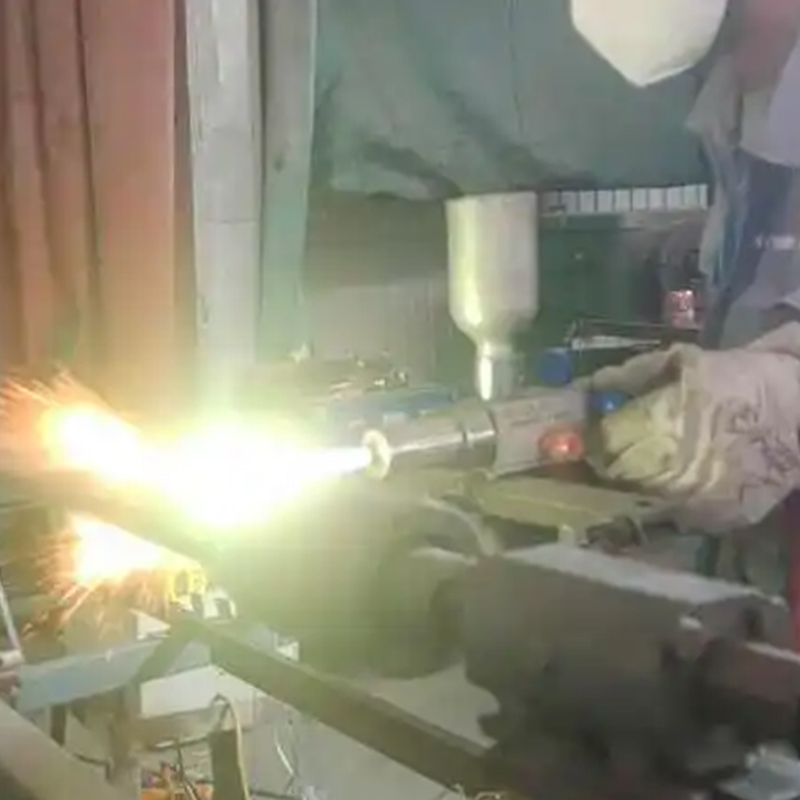
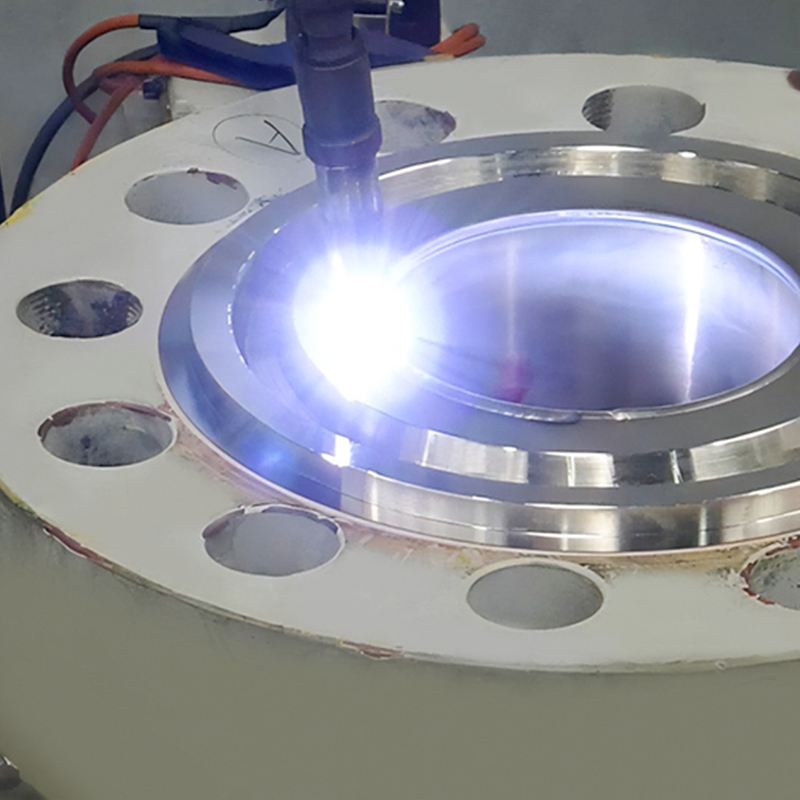
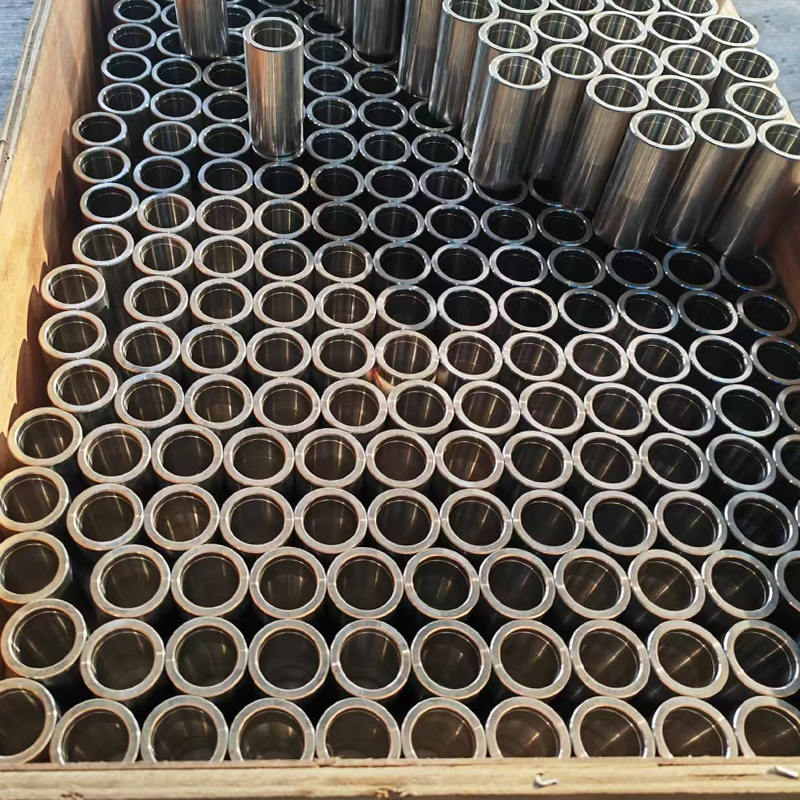
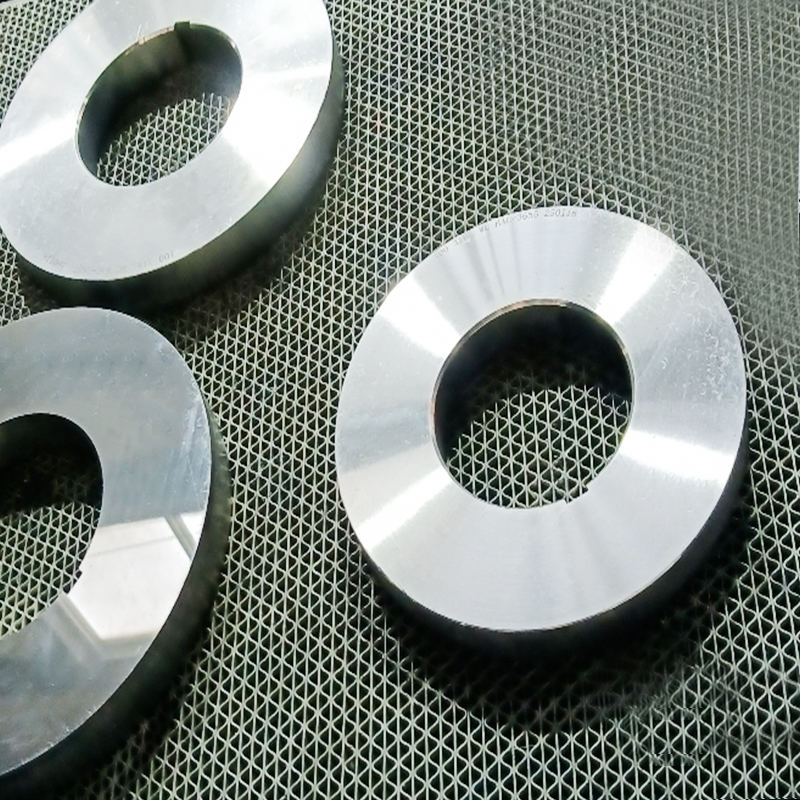
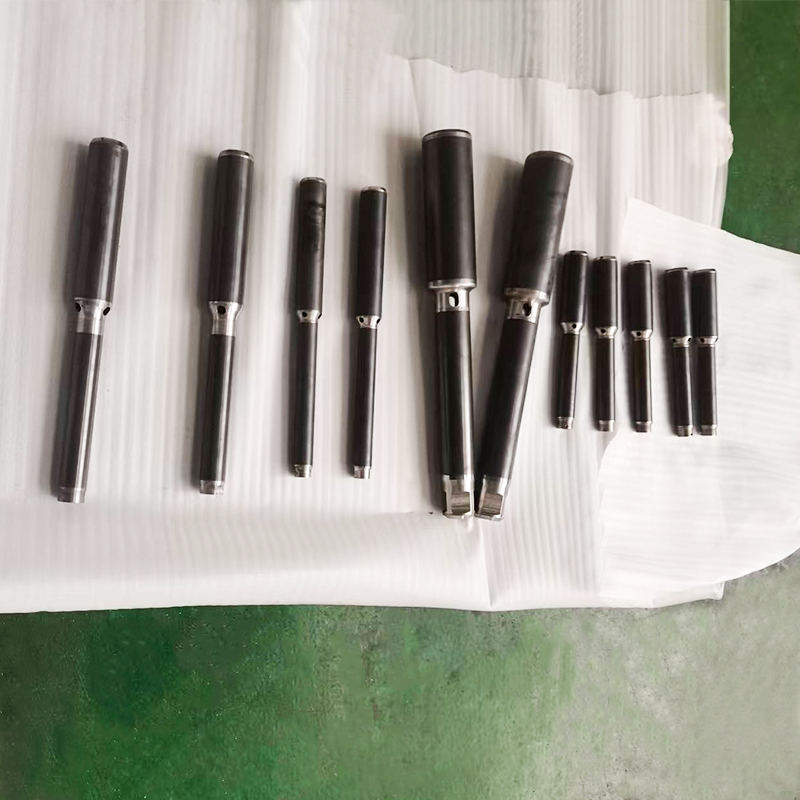
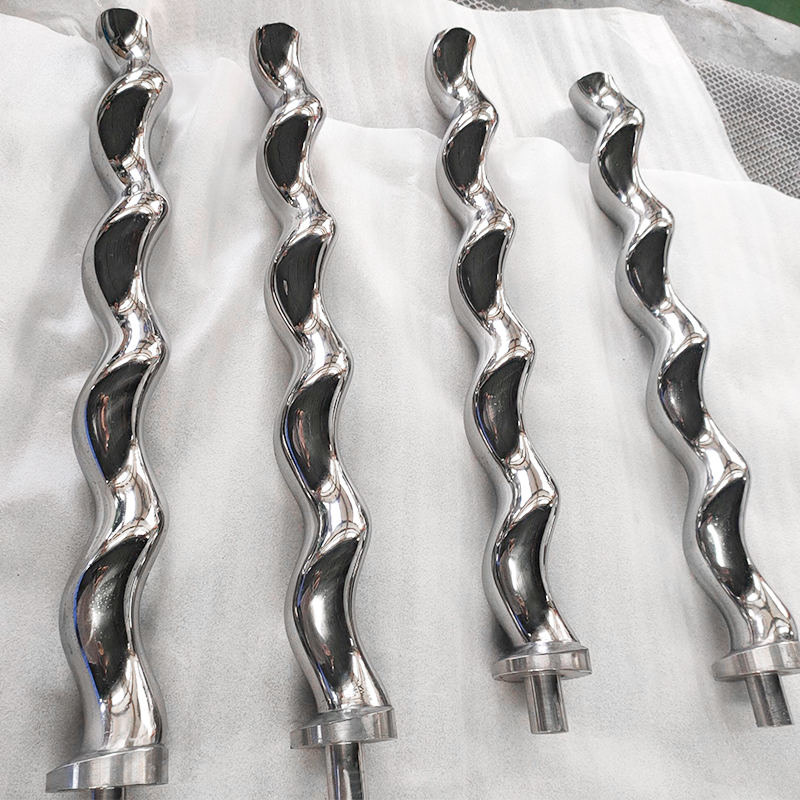

 TOP
TOP